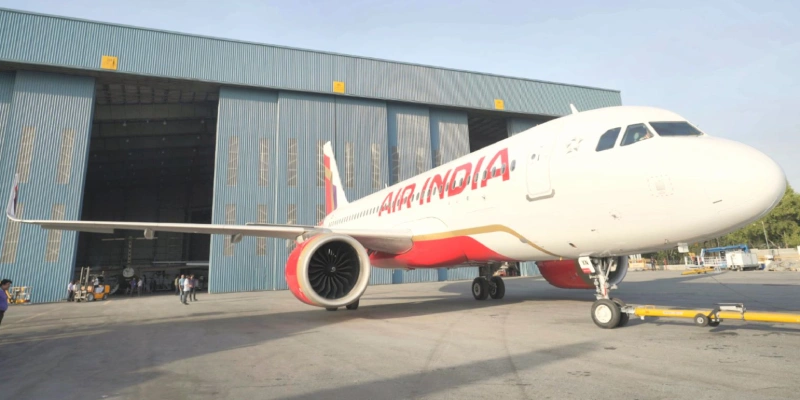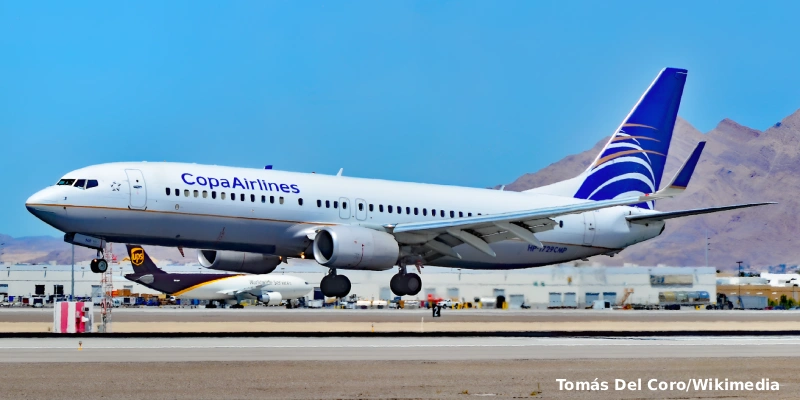Air India, undergoing a profound transformation led by the Tata Group, is taking decisive steps to enhance its operational safety. Following the tragic crash of Flight 171 in Ahmedabad in June—which claimed 241 lives—the airline is working to internalize part of its fleet maintenance services, currently managed by state-owned AI Engineering Services Ltd. (AIESL).
According to sources close to the matter, Air India will gradually transfer tasks such as pre-flight inspections, daily checks, minor repairs, and troubleshooting to its own technical team, with strategic support from Singapore Airlines (SIA), which holds a 25.1% stake in Air India.
Role of Singapore Airlines
SIA’s involvement will be pivotal in this transition. A Singapore Airlines spokesperson stated that, as a significant minority shareholder, they are collaborating closely to support Air India’s transformation plan. This includes sharing technical expertise to strengthen in-house maintenance capabilities.
Interestingly, this cooperation marks a full historical circle: in the 1970s, it was Air India that provided technical assistance to SIA during its early years of operation.
→ Security Audit Reveals 51 Safety Failures at Air India
Maintenance Under Scrutiny After Audit and Crash
While Air India’s plans to bolster its maintenance infrastructure were already underway before the accident, the Ahmedabad tragedy accelerated the need for direct control over these services. The cause of the crash is still under investigation, but it triggered a sector-wide safety audit and a brief operational suspension for safety reasons.
A recent report by India’s Directorate General of Civil Aviation (DGCA) revealed that the Air India Group accumulated 93 observations in its annual safety audit—far exceeding IndiGo’s 23 and SpiceJet’s 14. The audit began before the accident, but its findings underscore the urgency for internal improvements.
Prior Criticism of Outsourced Maintenance
Internally, there had already been complaints about the quality of service provided by AIESL, an entity that was once a direct subsidiary of Air India when the airline was state-owned. Recurring issues, such as clogged onboard toilets, were cited as failures in preventive and corrective maintenance.
An Air India spokesperson told Bloomberg via email that while collaboration with AIESL continues, the rapid expansion of its fleet—which will reach 570 aircraft, many of them wide-body—exceeds the current capacity of India’s Maintenance, Repair, and Overhaul (MRO) infrastructure.
“To meet future operational demands and ensure world-class reliability and safety, we must invest in developing robust MRO capabilities within the country,” the spokesperson concluded.
Expanding Fleet
Air India currently operates a fleet of 191 aircraft, while its low-cost subsidiary, Air India Express, has 115 units. Both airlines combine Airbus and Boeing models, adding technical complexity to maintenance and demanding more integrated and efficient solutions.
The technical partnership between Air India and Singapore Airlines aims to strengthen one of aviation’s most critical areas: maintenance. In the wake of the reputational and operational impact of the Ahmedabad crash, this alliance emerges as a cornerstone in the transformation of India’s flagship airline.
Related Topics
LATAM Inaugurates Direct Flight Between Recife and Buenos Aires
LATAM to Cancel Lima-Tucuman Route Starting March 2026: These Are Reasons
Copa Airlines Resumes Flights Between Panama City and Maracaibo Starting December 20
Copa Airlines Extends Suspension of Flights to and from Caracas (Venezuela) Until January

Plataforma Informativa de Aviación Comercial con 13 años de trayectoria.




